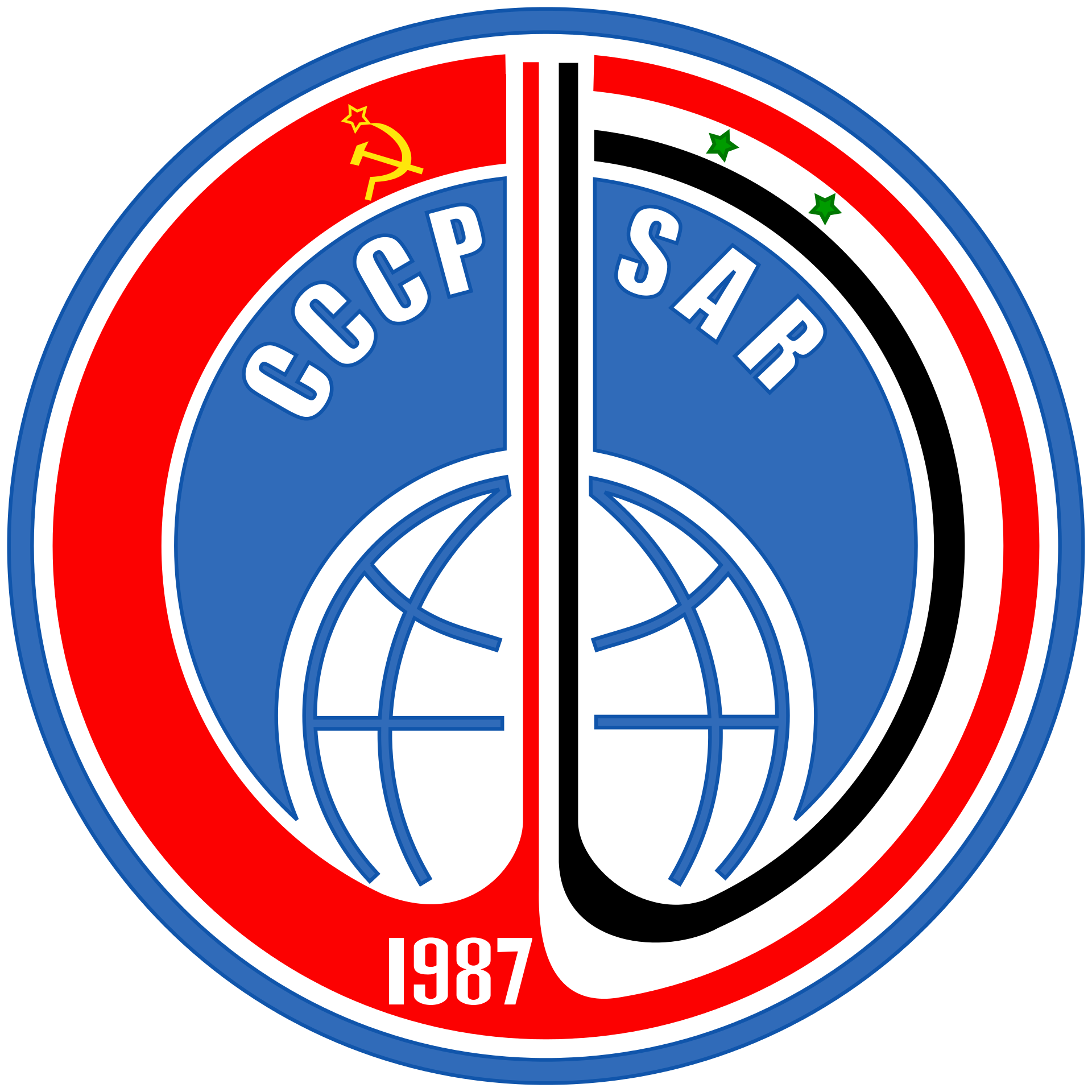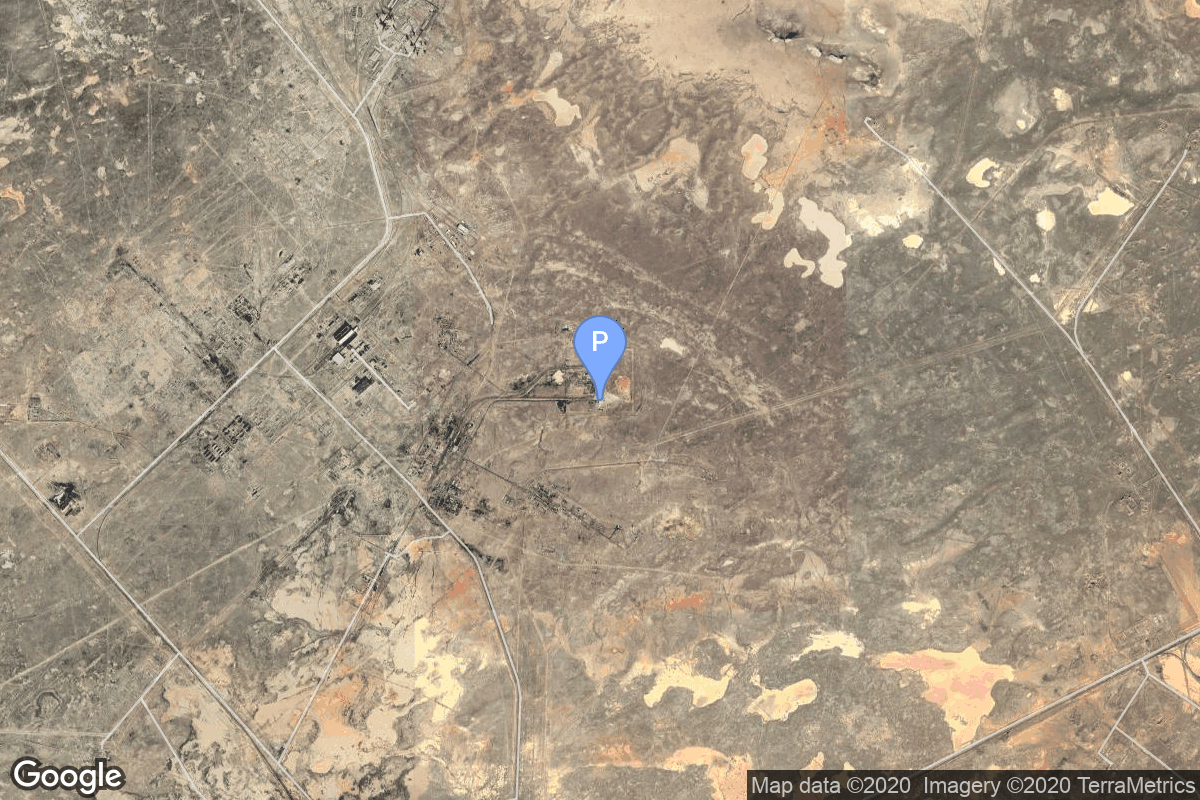Soyuz TM-3
Soyuz-U2
Soviet Space Program
Crew
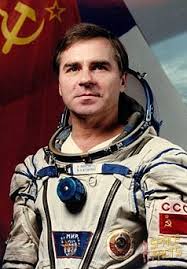
Aleksandr Viktorenko
- Birthday: 03/29/1947
- Role: Commander
- Nationality: Russian
- First Flight: 07/22/1987
- Last Flight: 10/03/1994
Aleksandr Stepanovich Viktorenko (Александр Степанович Викторенко) was a Soviet cosmonaut. He was born in Olginka, North-Kazakhstan Oblast, Kazakh SSR on March 29, 1947. He is married with two children.
He was selected as a cosmonaut on March 23, 1978, and retired on May 30, 1997. During his active career he had been Commander of Soyuz TM-3, Soyuz TM-8, Soyuz TM-14 and Soyuz TM-20. He has spent a total of 489 days in space.
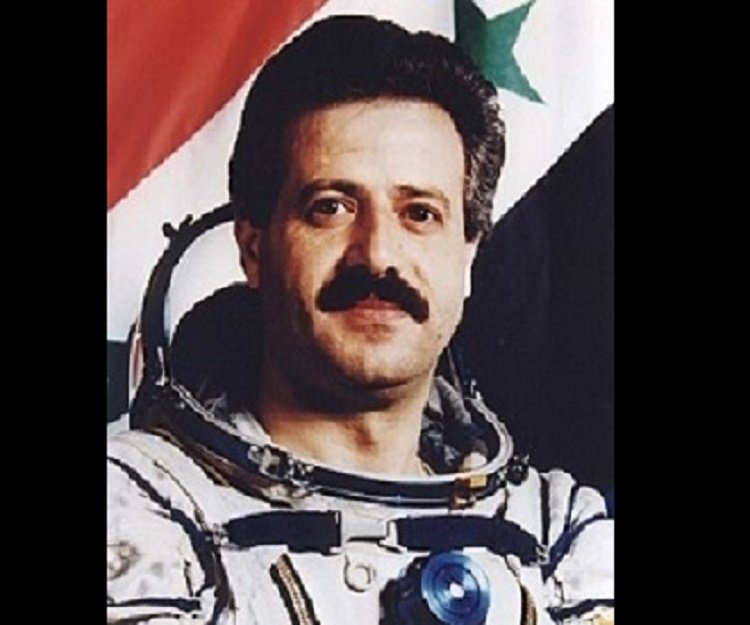
Muhammed Faris
- Birthday: 05/26/1951
- Role: Research Cosmonaut
- Nationality: Syrian
- First Flight: 07/22/1987
- Last Flight: 07/22/1987
Muhammed Ahmed Faris (Arabic: محمد أحمد فارس Muḥammad ʾAḥmad Fāris; born 26 May 1951) is a Syrian military aviator. He was the first Syrian and the second Arab in space.
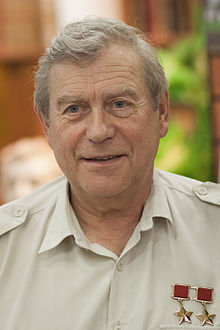
Aleksandr Pavlovich Aleksandrov
- Birthday: 02/20/1943
- Role: Flight Engineer
- Nationality: Russian
- First Flight: 06/27/1983
- Last Flight: 07/22/1987
Aleksandr Pavlovich Aleksandrov (Russian: Александр Павлович Александров; born February 20, 1943) is a former Soviet cosmonaut and twice Hero of the Soviet Union (November 23, 1983, and December 29, 1987).
He was selected as cosmonaut on December 1, 1978. For his first spaceflight, he flew as Flight Engineer on Soyuz T-9, which lasted from June to November 1983. For his second spaceflight, he replaced one of the long-duration crew members of Mir EO-2. For the spaceflight, he was launched with the spacecraft Soyuz TM-3 in July 1987, and landed with the same spacecraft in December 1987. All together he spent 309 days, 18 hours, 2 minutes in space. He served as backup for Soyuz T-8, Soyuz T-13, and Soyuz T-15.
Mission
Soyuz TM-3
- Type: Human Exploration
- Orbit: Low Earth Orbit
Soyuz TM-3 was the third mission to Mir space station. The mission began on July 22, 1987, 01:59:17 UTC, launching Commander Alexander Viktorenko, Flight Engineer Aleksandr Aleksandrov and Research Cosmonaut Muhammed Faris, the first Syrian cosmonaut, into orbit. They docked with Mir two days later. During their stay there, crew conducted Earth observation, medical and other scientific experiments.
The mission concluded with a safe landing back on Earth on July 30, 1987, 01:04:12 UTC.
Location
1/5
Baikonur Cosmodrome, Republic of Kazakhstan
1/5 has witnessed the launch of 487 rockets, including 487 orbital launch attempts, while Baikonur Cosmodrome, Republic of Kazakhstan, has been the site for 1547 rocket launches.
Rocket
Soviet Space Program Soyuz-U2
The Soyuz-U2 was a Soviet, later Russian, carrier rocket. It was derived from the Soyuz-U, and a member of the R-7 family of rockets. It featured increased performance compared with the baseline Soyuz-U, due to the use of syntin propellant, as opposed to RP-1 paraffin, used on the Soyuz-U.
Agency
Soviet Space Program
The Soviet space program, was the national space program of the Union of Soviet Socialist Republics (USSR) actived from 1930s until disintegration of the Soviet Union in 1991.
The Soviet Union’s space program was mainly based on the cosmonautic exploration of space and the development of the expandable launch vehicles, which had been split between many design bureaus competing against each other. Over its 60-years of history, the Russian program was responsible for a number of pioneering feats and accomplishments in the human space flight, including the first intercontinental ballistic missile (R-7), first satellite (Sputnik 1), first animal in Earth orbit (the dog Laika on Sputnik 2), first human in space and Earth orbit (cosmonaut Yuri Gagarin on Vostok 1), first woman in space and Earth orbit (cosmonaut Valentina Tereshkova on Vostok 6), first spacewalk (cosmonaut Alexei Leonov on Voskhod 2), first Moon impact (Luna 2), first image of the far side of the Moon (Luna 3) and unmanned lunar soft landing (Luna 9), first space rover (Lunokhod 1), first sample of lunar soil automatically extracted and brought to Earth (Luna 16), and first space station (Salyut 1). Further notable records included the first interplanetary probes: Venera 1 and Mars 1 to fly by Venus and Mars, respectively, Venera 3 and Mars 2 to impact the respective planet surface, and Venera 7 and Mars 3 to make soft landings on these planets.
